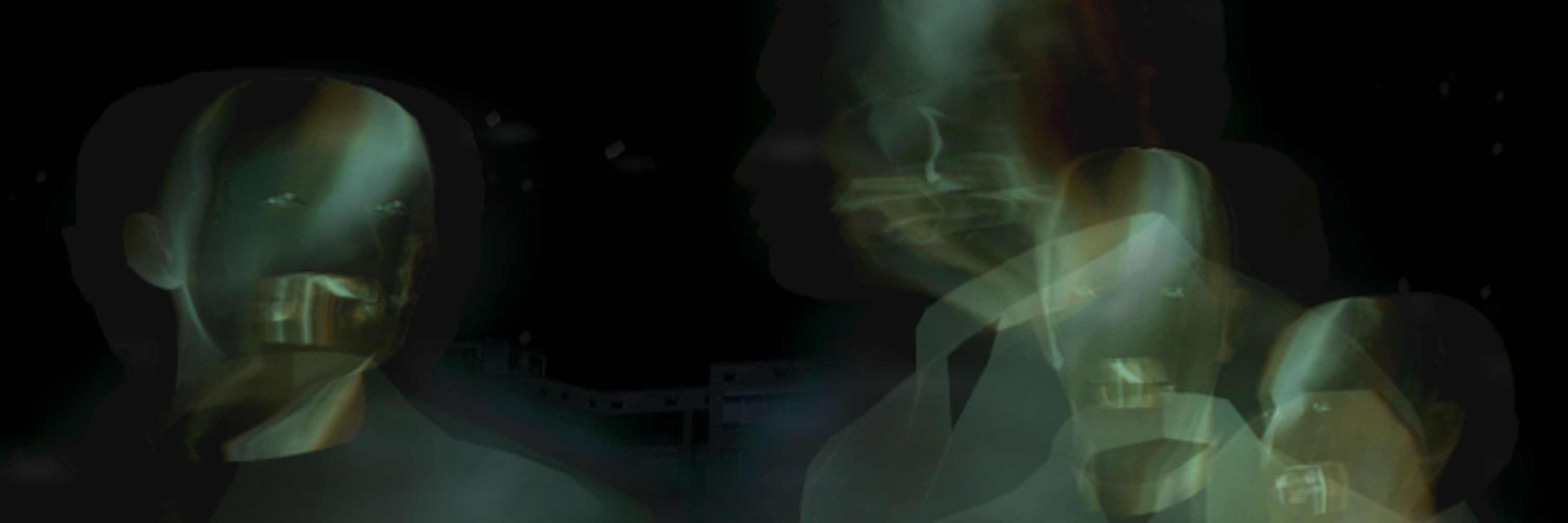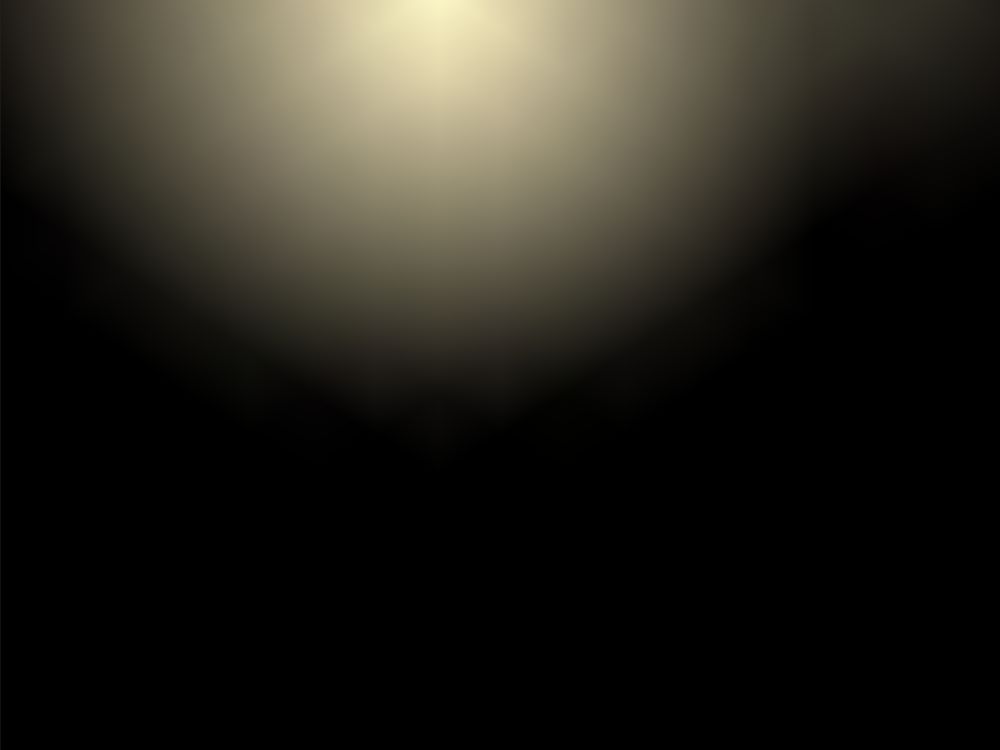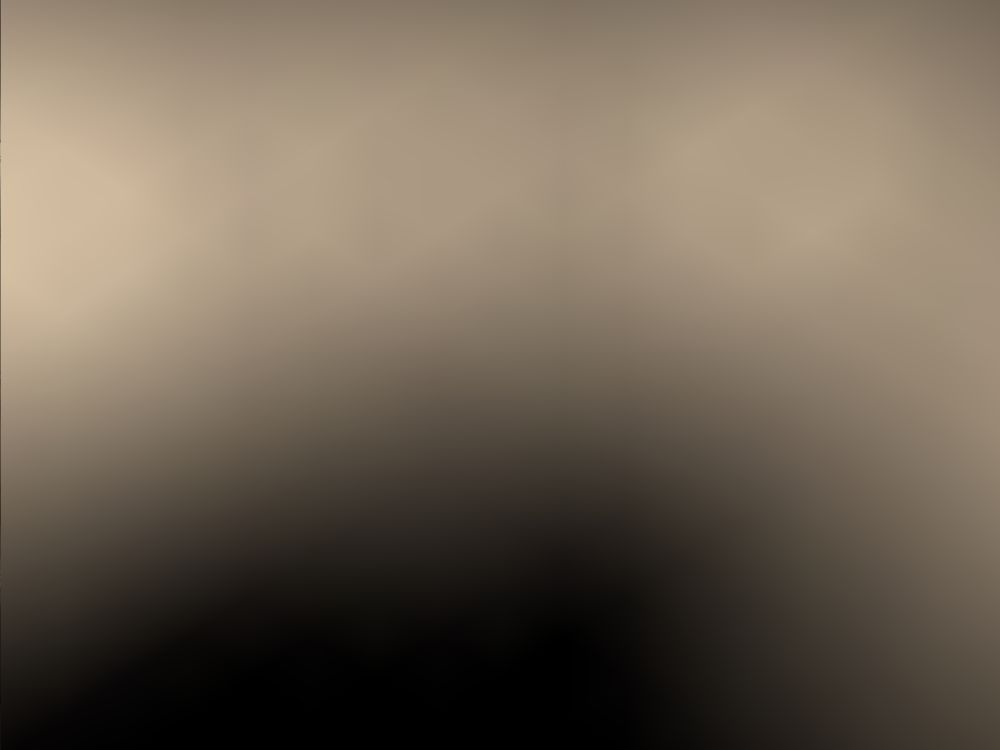
my games: https://samael-kethill.itch.io




My guess is that hexagonal grid aligns better with radial gradients, resulting in reduced amount of aliasing artifacts compared to regular polygonal grid.


My guess is that hexagonal grid aligns better with radial gradients, resulting in reduced amount of aliasing artifacts compared to regular polygonal grid.




First pass uses regular alpha blending with constant alpha.
Second pass uses additive blending, light sources are also a bit smaller.




First pass uses regular alpha blending with constant alpha.
Second pass uses additive blending, light sources are also a bit smaller.
Effects like this deserve more attention, I was surprised that there's no related publications on Valve site
Effects like this deserve more attention, I was surprised that there's no related publications on Valve site
I'm not familiar with WebGL, but considering that WebGL 2 is based on GLES 3, I think it should be mostly doable.
I'm not familiar with WebGL, but considering that WebGL 2 is based on GLES 3, I think it should be mostly doable.
All I see is that bottle is fully opaque and doesn't use any colors from the framebuffer. Looks like only cubemaps and per-pixel lighting are used for refractions.

All I see is that bottle is fully opaque and doesn't use any colors from the framebuffer. Looks like only cubemaps and per-pixel lighting are used for refractions.
Only after all of this the player viewmodel is rendered. CS2 has a separate pass for the viewmodel SSAO, which feels like overkill to me.




Only after all of this the player viewmodel is rendered. CS2 has a separate pass for the viewmodel SSAO, which feels like overkill to me.
Fire is also rendered separately and merged with OIT later, but only 4 ½ res buffers are used.




Fire is also rendered separately and merged with OIT later, but only 4 ½ res buffers are used.
A whopping SIX (!) buffers are used! (R 32F, RG 32F, RGBA 32F, RGBA 16F, RG 16F, R 8UI).
The first 4 buffers seem to be the same as the OIT buffers, but I'm not sure about the rest.

A whopping SIX (!) buffers are used! (R 32F, RG 32F, RGBA 32F, RGBA 16F, RG 16F, R 8UI).
The first 4 buffers seem to be the same as the OIT buffers, but I'm not sure about the rest.
First pass uses 3 render buffers (R 32F, RG 32F, RGBA 32F).
Second pass uses previous data as input and renders color data in RGBA 16F buffer.
Final pass combines this data with framebuffer data.




First pass uses 3 render buffers (R 32F, RG 32F, RGBA 32F).
Second pass uses previous data as input and renders color data in RGBA 16F buffer.
Final pass combines this data with framebuffer data.

